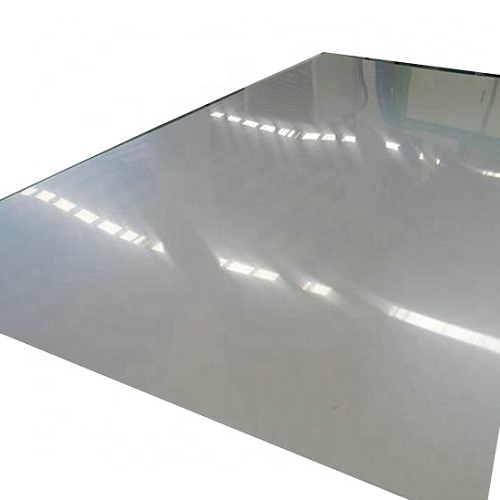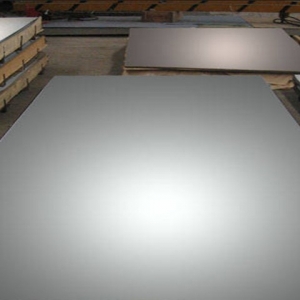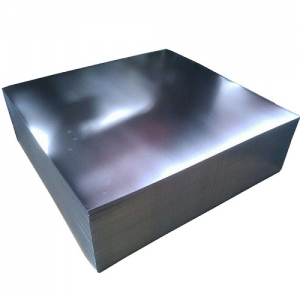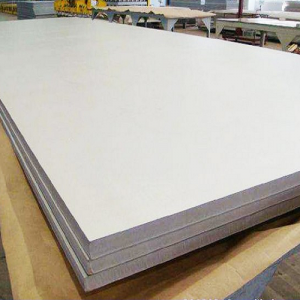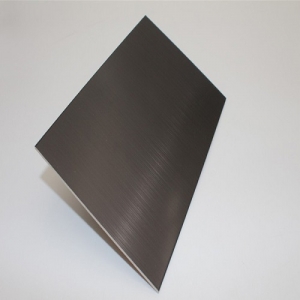Description
| Place of Origin | Tianjin, China |
| Standard | ASME, ASTM, EN, BS, GB, DIN, JIS |
| Payment Terms | TT or L/C |
| Export Packing | Waterproof paper, and steel strip packed, or as required |
| Technique | Hot rolled / cold rolled |
| Supply ability | 15000 ton/month, or as customer demands |
The stainless steel sheet refers to a steel plate that is resistant to corrosion by weak media such as the atmosphere, steam, and water, and the acid-resistant steel sheet refers to a steel plate that is resistant to corrosion by chemically aggressive media such as acids, alkalis, and salts. Stainless sheet metal is widely used because of its characteristics of not easy to rust.
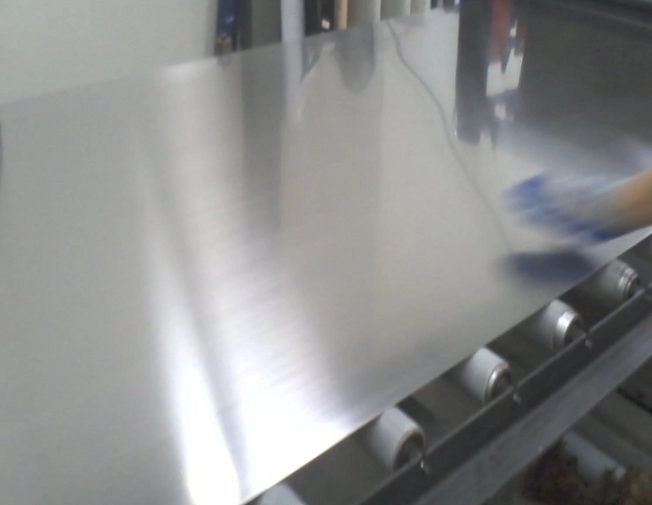
The advantages of stainless steel sheets:
1. Corrosion resistance. The stainless steel sheet has the ability to resist general corrosion similar to the unstable nickel-chromium alloy 304. Prolonged heating in a temperature range of chromium carbide may affect alloys 321 and 347 in harsh corrosive media. Mainly used in high temperature applications, which require materials to have strong anti-sensitization properties to prevent intergranular corrosion at lower temperatures.
2. High temperature oxidation resistance. Stainless steel sheets have high temperature oxidation resistance, but the oxidation rate will be affected by inherent factors such as exposure environment and product form.
3. Physical properties. The total heat transfer coefficient of a metal depends on other factors besides the thermal conductivity of the metal. In most cases, the film heat dissipation coefficient, rust and metal surface conditions. Stainless steel can keep the surface clean, so its heat transfer is better than other metals with higher thermal conductivity. Liaocheng Suntory Stainless Steel provides technical standards for stainless steel strip. Stainless steel plates are high-strength stainless sheet metal with excellent corrosion resistance, bending performance, and toughness of welded parts, and excellent stamping performance of welded parts.

